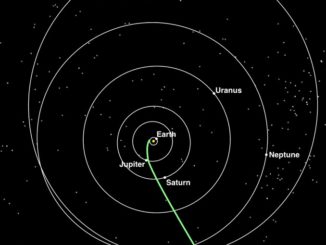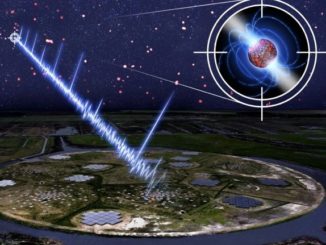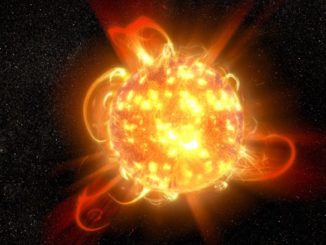
Month: October 2018

News

Picture This

News

News

Picture This
Insight Investment Astronomy Photographer of the Year winner announced
American photographer Brad Goldpaint’s image of the Milky Way arcing above a rocky canyon in Utah won the top prize at this year’s Insight Investment Astronomy Photographer of the Year competition organised by the Royal Observatory Greenwhich. Goldpaint’s photo and others in the competition are on display at the National Maritime Museum.

Picture This

News

News

News
Ariane 5 launches two satellites on 7-year voyage to Mercury
A powerful European Ariane 5 rocket blasted off from French Guiana late Friday and boosted a pair of satellites into space for a seven-year plunge into the inner solar system, a voyage requiring seven planetary flybys to slow down enough in the sun’s gravitational clutches to slip into orbit around hellish Mercury.

News
